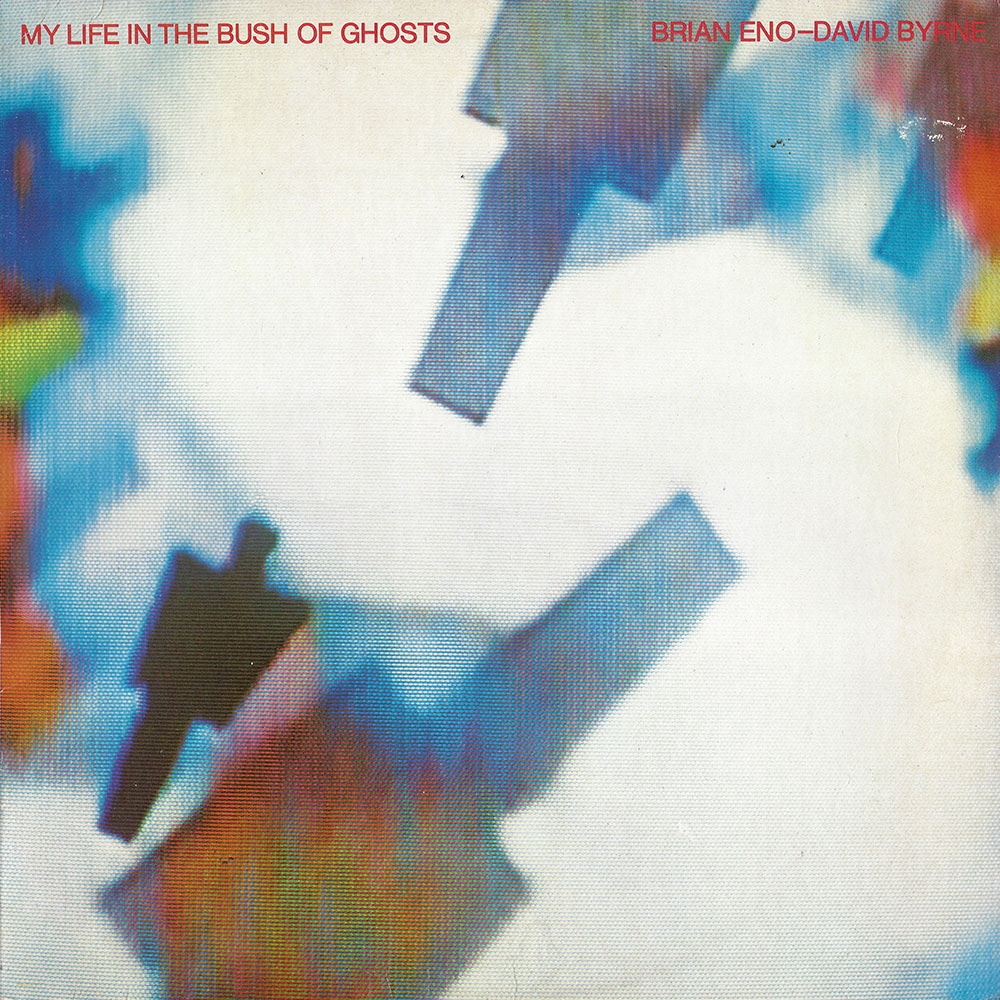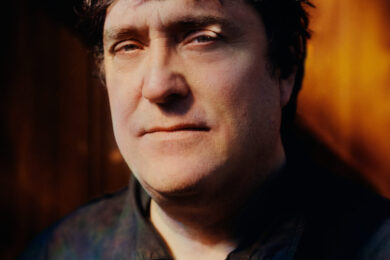3. Brian Eno & David ByrneMy Life In The Bush Of Ghosts

I never went to art school, but I always wanted to. Living in St. Albans, Watford art school was nearby, and lots of people in bands around at the time who were slightly older than me had gone there. When I was in sixth form we did a short foundation week there where we built heaven and hell out of papier mâché. I kept the devil’s head for years afterwards. The older people in these bands would tell me about the visiting lecturers who would be people like Brian Eno. Peter Schmidt, who Eno made the Oblique Strategies with, had started the foundation course at Watford in the 60s, I think. I knew a few things about cutups and Burroughs and tape edits, and Cabaret Voltaire were a really big influence on me as well. So I was always drawn to art theory in music, and Roxy Music was one of my first loves; I’ve still got a dog called Roxy.
This album had a real otherworldly quality to it, an amazing, hypnotic, ominous funk going on. But there’s also these voices that seem to be beaming in from a transmitter on a distant weird planet. It’s quite dark; you wouldn’t want to meet all of these haranguing preachers in a dark alley, but then it’s also got this beautiful funk and percussive rooting.


